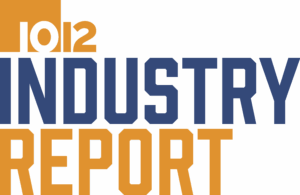Disruptions in the supply chain could continue for months across a range of industries in the U.S. While the recent blockage of the Suez Canal deserves some blame—as do extreme weather events like the freak snowstorm that roiled Texas in February—the real culprit remains the pandemic, Inc. reports.
“The pandemic and its recovery are very K-shaped,” says Sridhar Tayur, professor of operations management at Carnegie Mellon University’s Tepper School of Business. “Some of the companies’ issues with supply and supply chain management and labor is because they’re unable to meet increased demand.” For others, he says, “they’re really hoping their former level of demand will come back.”
Barring another crisis, Tayur says shipping issues and delays should clear up by the end of the summer. But that’s not an invitation to return your company operations to business as usual, he says.
Business owners should stop prioritizing efficiency over buffering or “smart buffering,” he says, pointing to the practice of having a diverse supply chain, investing in local capacity, and stockpiling key products. Read the full story.



